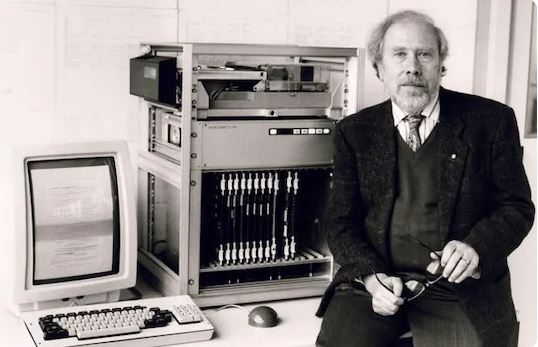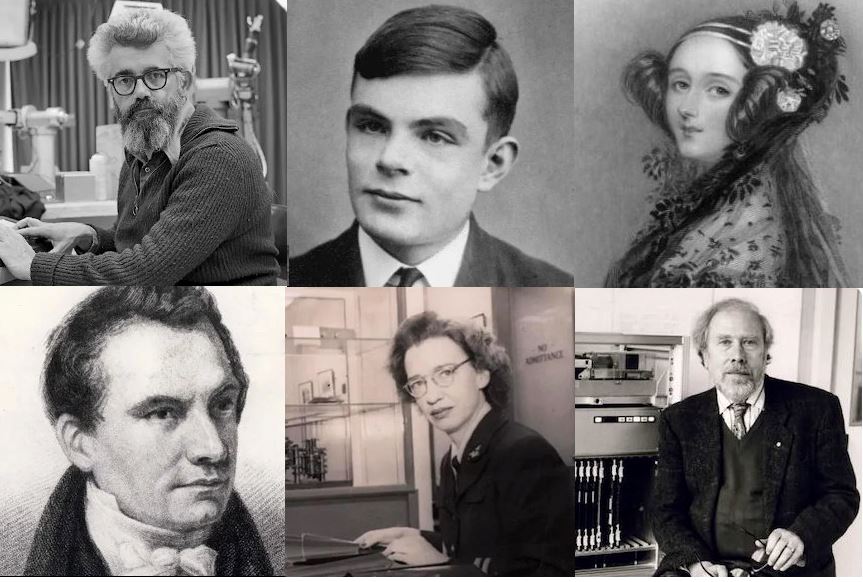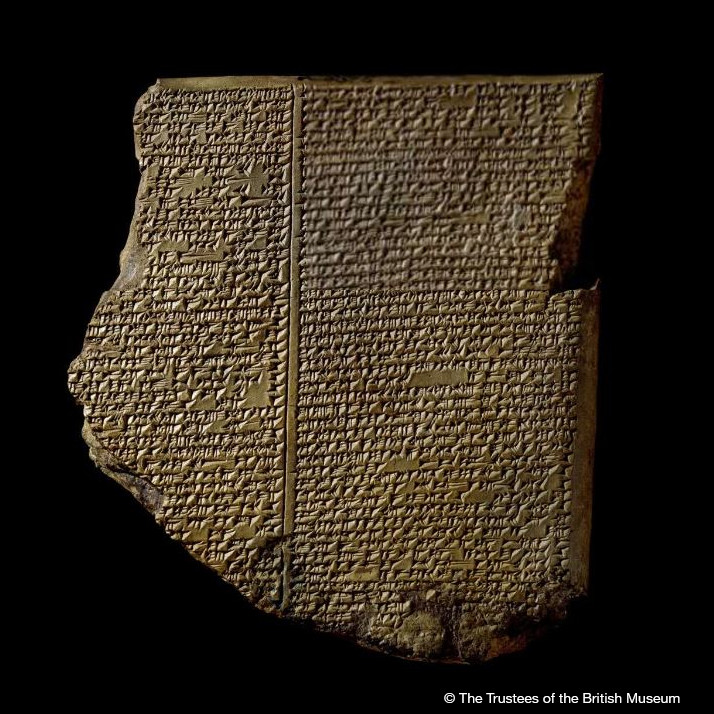Computer programming is everywhere. It’s in phones, cars, airplanes, TVs, and even household appliances. Rockets that go to Mars contain programming. So, who was the first computer programmer?
Given the legacy created by the first computer programmer, let’s get to know this person and understand what inspired them to pursue this uncharted course.
Let’s begin!
Highlights:
- The parents of the first computer programmer are George Gordon Byron, a famous poet, and Annabella Milbanke, who excelled at math. Byron called Annabella the “Princess of Parallelograms.”
- Our computer programmer met Charles Babbage, the father of the computer, at a party at age 17.
- The second Tuesday in October honors the first computer programmer.
The poet and the mathematician
First, we have to meet the parents. This part is essential because the dynamic between these two people affected their child’s rearing and led to forming our first computer programmer.
The father’s name is George Gordon Byron, a.k.a Lord Byron, born in 1788. Not only was he an English lord, but Byron was also a renowned poet, with one of his works selling 10,000 copies on its first day. He also had an interest in politics. In Parliament, he defended the Luddites, who destroyed the new textile machine that was replacing their jobs. Ironically, Luddite now refers to anybody who opposes new technology.
The mother’s name is Annabella Milbanke, born in 1792. She loved math and astronomy, learning both subjects from a Cambridge tutor. She also strived to promote learning for others, helping to set up a school in Seaham.
Rumors were spreading that Lord Byron was having relations with his half-sister, Augusta Byron, and (at least) flirting with Lady Frances Webster. In an attempt to escape both the rumors and the affairs, Byron married Milbanke in January 1815. However, the marriage was short-lived since Byron continued to have liaisons. Annabella left Lord Byron to live with her parents in January 1816 and later separated from Byron legally. Byron left England, never to return, in April 1816 and later died on April 19, 1824, in Missolonghi, Greece.
The silver lining was that Byron’s only child through marriage was born on December 10, 1815, in Middlesex, England, our computer programmer.
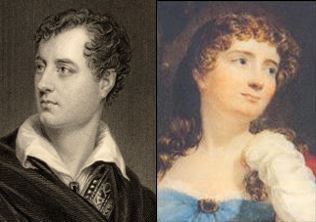
(Image source: Britannica and Sparticus Educational)
The formative years
Byron and Annabella had a daughter, and her name was Augusta Ada Byron.
Given the treatment Annabella received from Byron and the fear that Ada would develop traits from her father, she wanted her daughter to have nothing to do with philosophy and writing. So, along with the standard subjects of music and French, Annabella had Ada study math and science. Annabella even provided Augustus De Morgan, the first professor of math at the University of London, as a tutor for Ada’s advanced studies. Such a course was unusual for an aristocratic girl.
Another of Ada’s tutors was Mary Somerville, a Scottish astronomer and mathematician. Of note, Somerville was among the first women to become part of the Royal Astronomical Society. Somerville introduced 17-year-old Ada to Charles Babbage at a party in 1833, a defining moment in Ada’s life.
Babbage was a mathematician, an inventor, and later known as the father of the computer. He initially served as a mentor to Ada, and she was highly intrigued by his invention of the Difference Engine (similar in function to a basic calculator). Their discussions on the Difference Engine sparked the friendship that lasted the rest of her life.
Ada married William King on July 8, 1835, and, when he became an earl in 1838, her full title became Lady Augusta Ada King, Countess of Lovelace. Her name is now commonly known as Ada Lovelace.
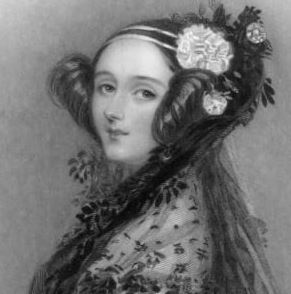
Hulton Archive/Getty Images
The work of the “Father of the Computer”
Babbage wished to improve on his earlier work and create the Analytical Engine, the design for the first computer. Instead of seeking funding from the government, Babbage looked for support from his peers.
In 1840 Babbage traveled to Turin, Italy, where he gave lectures to several mathematicians, including Luigi Menabrea. Based on those lectures, Menabrea compiled all the data for the Analytical Engine and then published his paper in the academic journal Bibliothèque Universelle de Genève in October 1842. The article, written in French and at 8,000 words, was titled “Notions sur la Machine Analytique de M Charles Babbage” (“Notions on the Analytical Engine of M Charles Babbage,” in English).
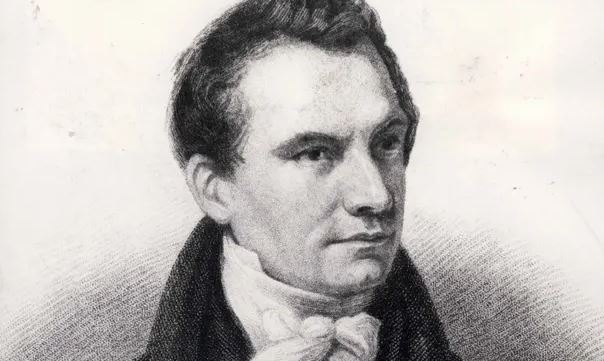
Image source: https://www.theguardian.com/technology/2021/oct/22/death-of-charles-babbage-mathematician-and-inventor-1871
The work of the first computer programmer
Ada, too, loved the possibilities of this machine and became thoroughly familiar with the design. When Ada translated Menabrea’s paper into English, she added her own thoughts and sketches. At 20,000 words, her notes wound up being three times longer than the original paper. Richard Taylor published her work in the Scientific Memoirs in September 1843. She signed the document only with her initials, A.A.L.
In the paper, Lovelace described how to develop code to process not just numbers but also letters, images, and symbols. In note G, she showed how the engine could display a sequence of Bernoulli numbers. She wrote a method for the machine to repeat a series of instructions, known in programming today as a loop. Many today consider note G to be the first computer program published.
Ada also envisioned the machine being a general-purpose computer, even generating music. This concept didn’t occur to Babbage. Furthermore, Ada saw computing as a unique field of study. She wrote: “The science of operations, as derived from mathematics more especially, is a science of itself, and has its own abstract truth and value.”
Ada Lovelace passed away in London from uterine cancer on November 27, 1852. She lies buried next to Lord Byron, the father she never met, in Hucknall, England.
The legacy of Ada Lovelace
Ada Lovelace has left a profound mark on humankind.
- Ada’s notes became crucial to inspiring Alan Turing’s work on the first modern computers in the 1940s.
- Ada, the programming language created in the early 1980s for the U.S. Department of Defense and still used for large-scale programming, is named after Lovelace.
- In October, the second Tuesday is Ada Lovelace Day, honoring women’s contributions to science, technology, engineering, and math (STEM).
- NVIDIA will launch its next-generation Graphics Processing Unit (GPU) in 2022. NVIDIA code-named the graphics card Ada Lovelace.
- There are far fewer women (25%) in computer science-related jobs than men. Forbes well defined Ada’s greatest legacy as: “a symbol for everything that can be accomplished, as well as an admonishment for everything that hasn’t been done yet.”
Honorable mention
The other four notable figures in the image at the outset of this article are:
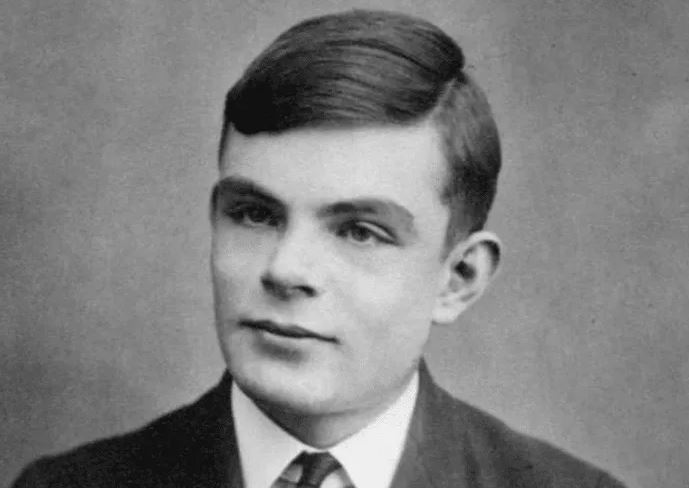
Called the father of computer science, Alan Turing built a machine that can accept and process algorithms and computations. This machine, known as the Turing machine, was the predecessor to the general-purpose computer.
Grace Hopper invented the first compiler for computer programming. She also made the expression “debugging” popular.
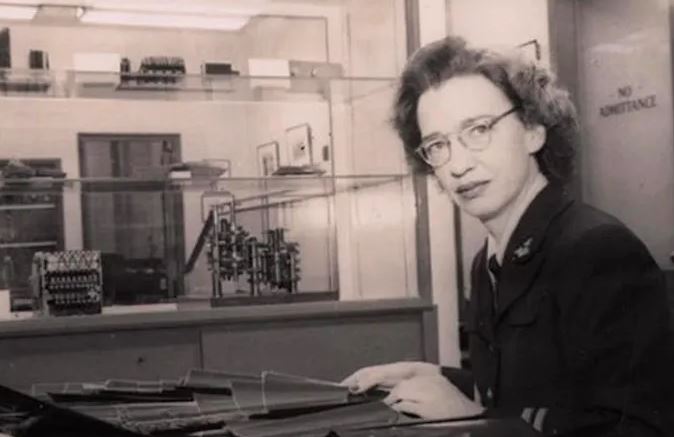
John McCarthy was one of the creators of artificial intelligence (A.I.) and co-wrote the paper that coined that term.
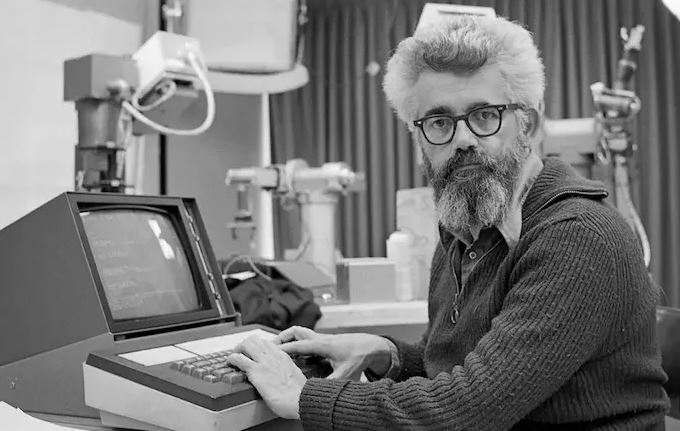
Niklaus Wirth developed numerous programming languages, including PASCAL.
